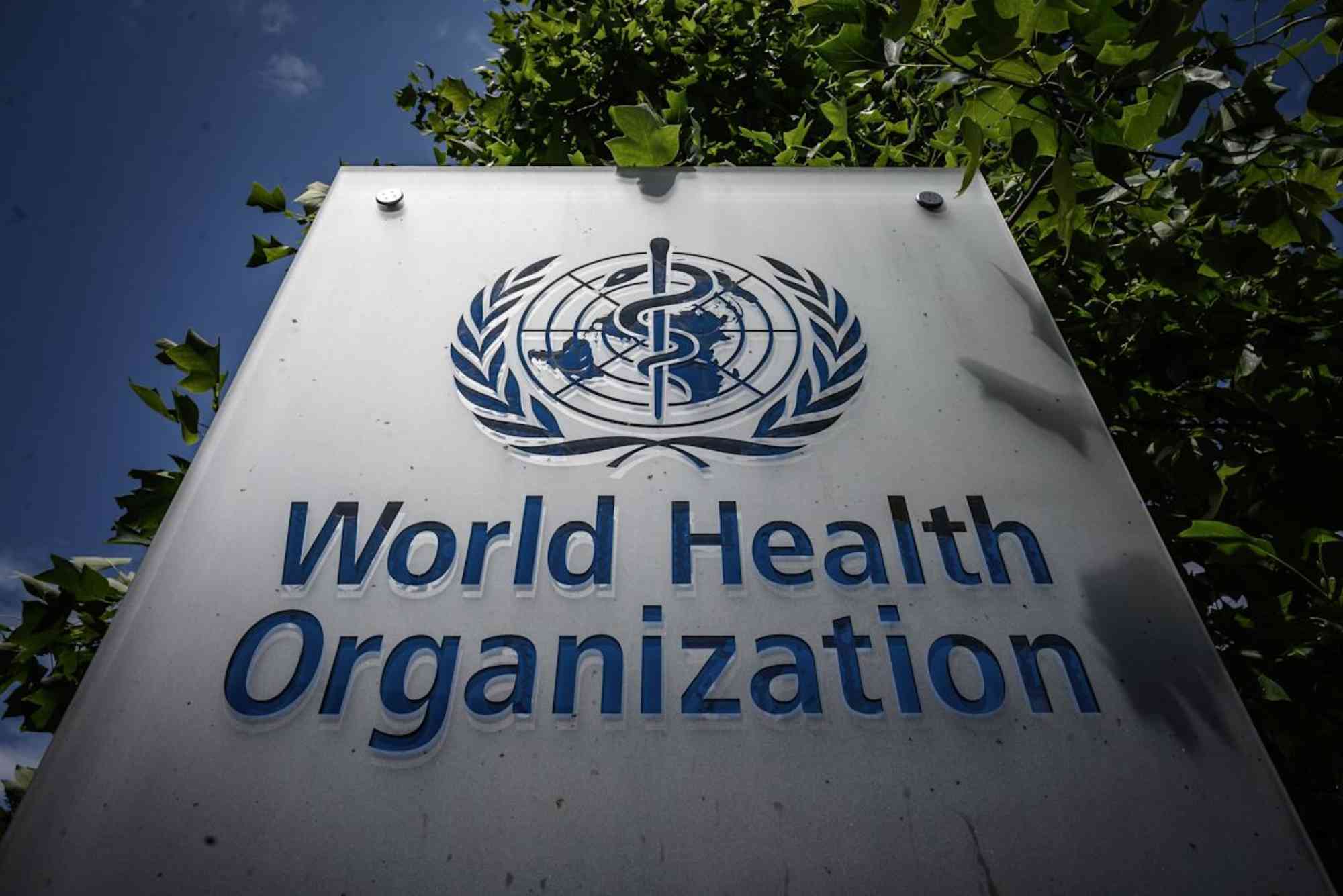Understanding how health systems around the world are ranked is crucial for policymakers, healthcare professionals, and curious global citizens. The World Health Organization’s ranking of the world’s health systems is one of the most referenced frameworks for evaluating national healthcare performance. But how are these rankings calculated, and what do they truly reflect?
In this article, we’ll unpack the WHO’s approach to health system assessment, explore where different countries stand, and discuss what factors contribute to a high-performing healthcare system.
What Is the WHO Health System Ranking?
WHO’s Vision of Health System Performance
The World Health Organization (WHO) evaluates health systems not just by how much is spent, but by how effectively countries transform those resources into better health outcomes. This ranking system was first introduced in the WHO’s World Health Report 2000.
The WHO defines a health system’s performance using five key factors:
- Overall level of population health
- Health inequalities or disparities
- Responsiveness of the system (patient experience)
- Distribution of responsiveness
- Fairness in financial contribution
Why the Rankings Matter
These rankings influence public health policies, international development aid, and even medical tourism. When people reference the World Health Organization’s ranking of the world’s health systems, they’re often using it as a benchmark to compare their own country’s healthcare quality.
How the WHO Calculates Health System Rankings
Core Metrics Explained
To make these comparisons, the WHO developed a composite index. It includes both objective data (like mortality rates) and subjective assessments (such as patient satisfaction).
The core metrics include:
- Disability-adjusted life expectancy (DALE): A measure of average years lived in full health.
- Responsiveness: How well the system meets people’s expectations for service quality.
- Financial fairness: How equitably the cost of healthcare is distributed across the population.
The Weighting System
Each of these metrics is assigned a weight based on its perceived importance. For example, population health carries more weight than responsiveness, as it reflects the end goal of a health system—keeping people alive and well.
Which Countries Top the WHO Health System Rankings?
According to the WHO’s original rankings, countries like France, Italy, Spain, and Japan were among the best. These nations combined strong public health outcomes with equitable and efficient service delivery.
Interestingly, high healthcare spending doesn’t always guarantee a top spot. For instance, the United States, despite its large expenditure, ranked lower due to issues with fairness and unequal access.
Factors That Influence a Country’s Ranking
Health Outcomes
Life expectancy, infant mortality, and disease burden all play a role. Countries with robust public health initiatives, vaccination programs, and clean environments often perform well.
Access and Equity
A healthcare system that serves rural, poor, and vulnerable populations as effectively as urban elites will score higher. This is why many universal healthcare systems rank well—they provide care regardless of income.
Responsiveness
Patient experience is not just about wait times. It includes how respectfully patients are treated, the privacy of consultations, and the availability of medicines and technologies.
Common Criticisms of WHO’s Rankings
Limited Data from Some Regions
One issue is the uneven quality and quantity of data from lower-income countries. This can skew results or make certain comparisons unreliable.
One-Size-Fits-All Metrics
Health system needs vary. What works for a small, wealthy country may not work for a vast, developing one. Critics argue that the World Health Organization’s ranking of the world’s health systems sometimes lacks context-specific nuance.
Static Nature of the Rankings
The most cited rankings are from 2000, and although updates occur, they’re not always standardized or widely published. Countries have evolved significantly since then, but the public often refers to outdated data.
Updated Health System Evaluations Post-2000
While the WHO hasn’t released a comprehensive global ranking since 2000, many partner organizations and academic institutions have filled the gap with updated assessments. These include:
- The Global Burden of Disease study (IHME)
- Bloomberg Health Efficiency Index
- OECD Health Statistics
These studies often complement the WHO’s framework but use updated data and sometimes different weighting systems.
How Countries Use These Rankings to Improve
Policy Reform
Several nations have used their WHO rankings to spark healthcare reforms. For instance, some European countries re-evaluated their funding models to improve fairness and responsiveness.
Benchmarking for Progress
By tracking improvements in health outcomes, countries can assess whether reforms are working. Even if the World Health Organization’s ranking of the world’s health systems is not updated yearly, its methodology remains a guide.
What Can Individuals Learn from the WHO Rankings?
Whether you’re a global health student, an expat, or a concerned citizen, WHO health system rankings provide perspective. They highlight the strengths and weaknesses of healthcare systems and can help you:
- Understand why healthcare costs vary globally
- Evaluate where to seek medical treatment abroad
- Advocate for evidence-based health policy in your own country
Why WHO Rankings Still Matter
Despite criticisms, the World Health Organization’s ranking of the world’s health systems remains a foundational tool in global health evaluation. It encourages transparency, accountability, and cross-country learning.
As countries continue to face challenges like pandemics, aging populations, and rising healthcare costs, measuring performance is more critical than ever.
Want to see how your country compares?
Dive deeper into health system data and advocate for stronger, fairer care.
FAQs
What is the World Health Organization’s health system ranking?
It is a comparative assessment developed by WHO to evaluate how well countries deliver healthcare based on outcomes, equity, and system responsiveness.
How often does WHO update the health system rankings?
The last comprehensive ranking was published in 2000. While the WHO hasn’t released a full update, newer data sources complement the original rankings.
Why did the United States rank low in the WHO’s health system rankings?
Despite high spending, the U.S. ranked lower due to poor equity, inconsistent access, and variable health outcomes across population groups.
Are these rankings accurate?
They’re as accurate as the data allows. The WHO uses a structured methodology, but limitations in data collection can affect precision.
Where can I find the most recent health system rankings?
Updated studies from organizations like the Institute for Health Metrics and Evaluation (IHME) or the OECD offer the most recent comparisons.





